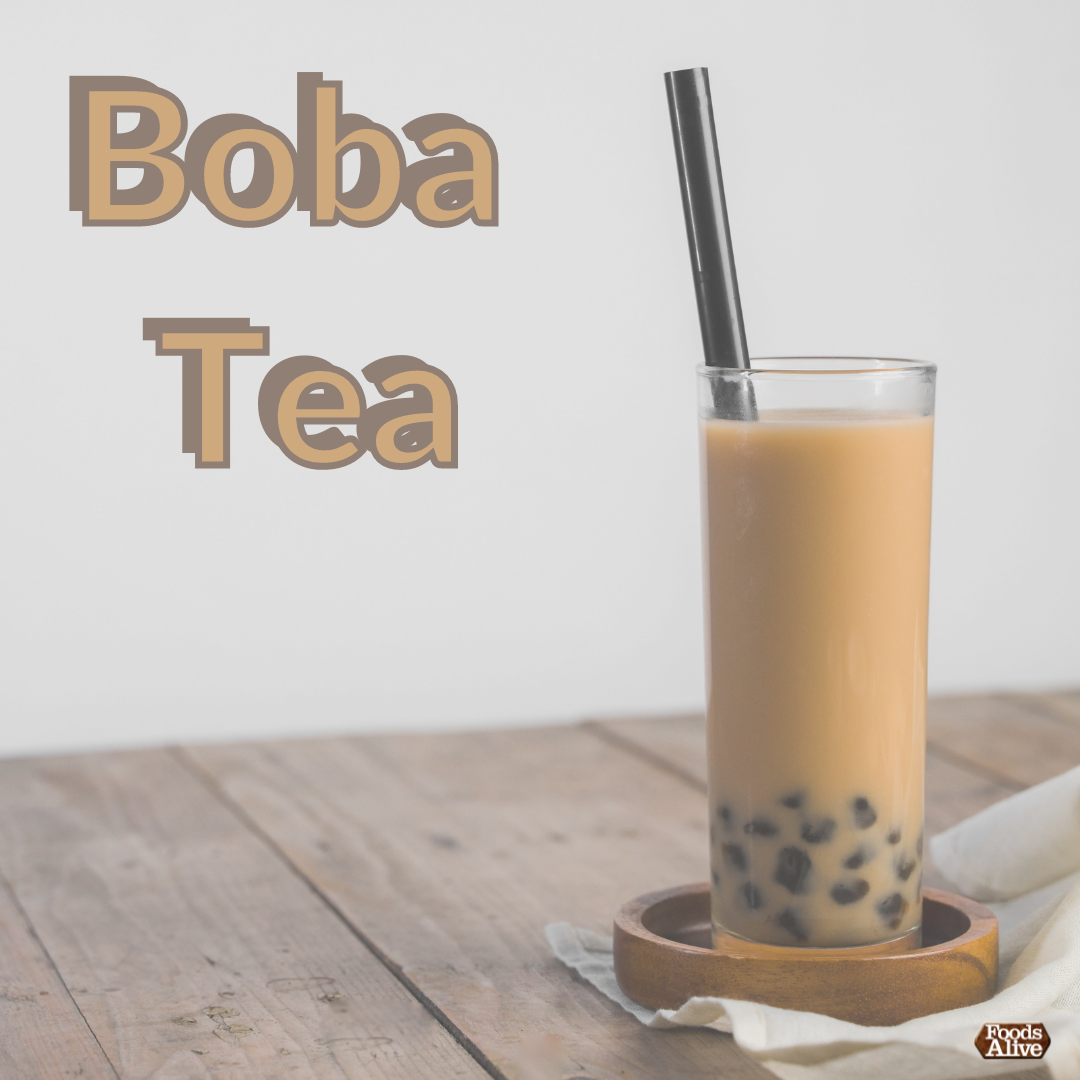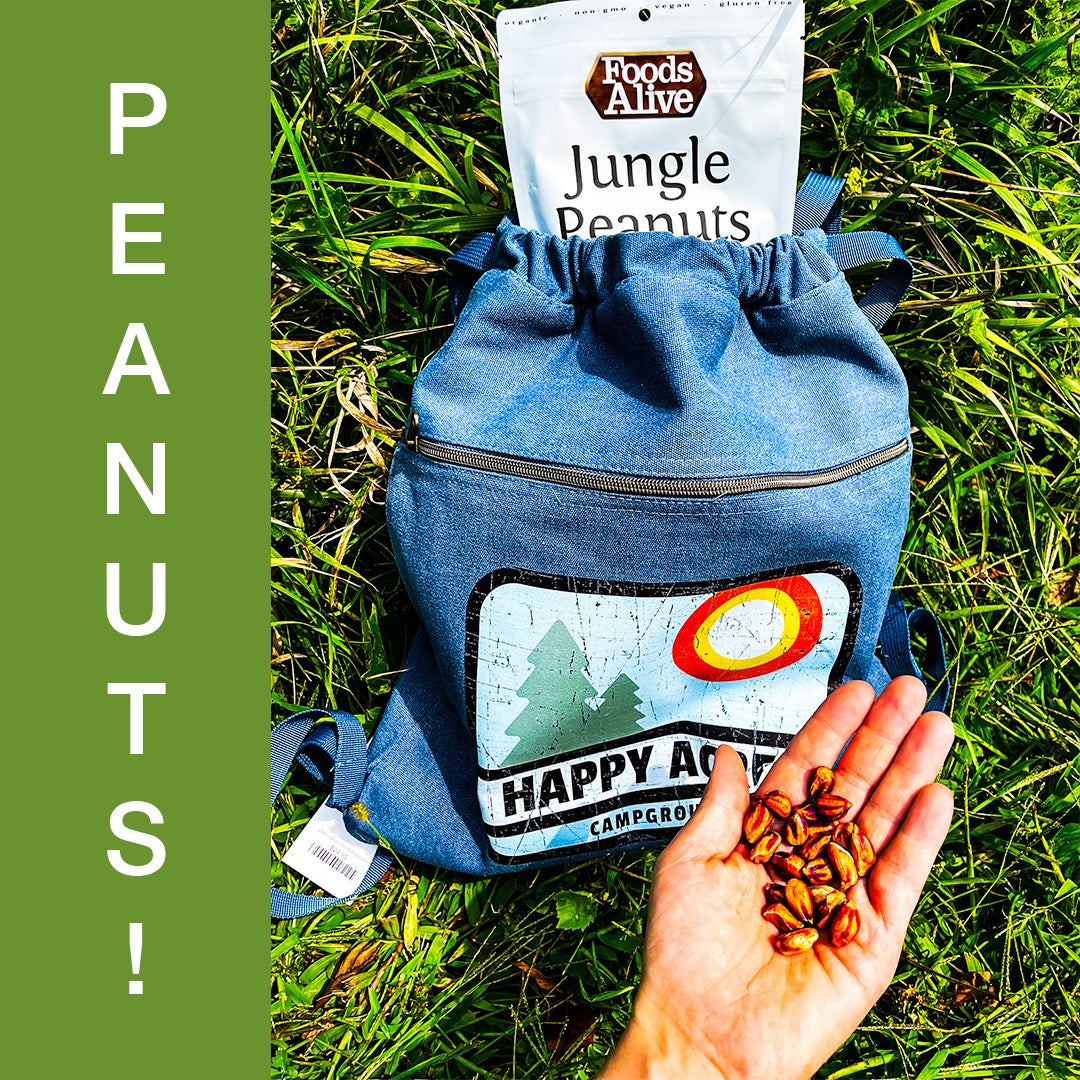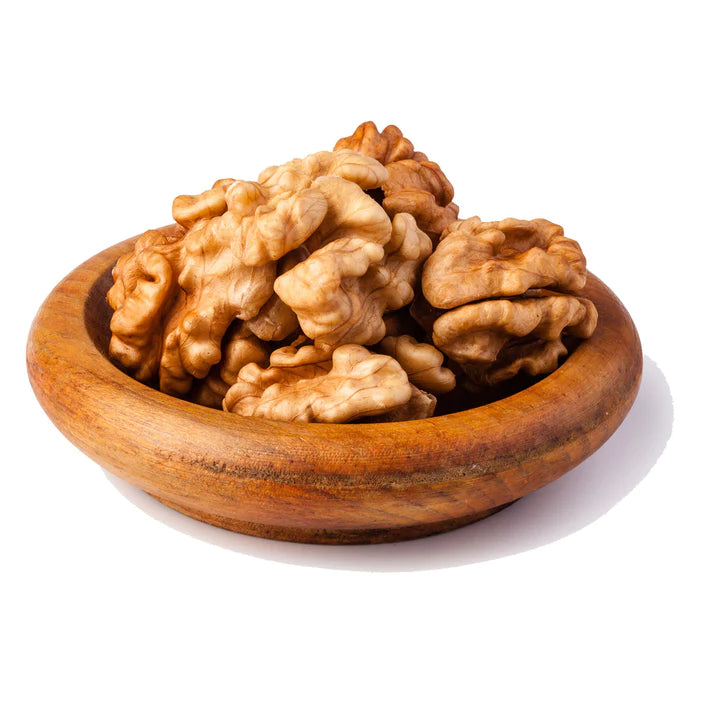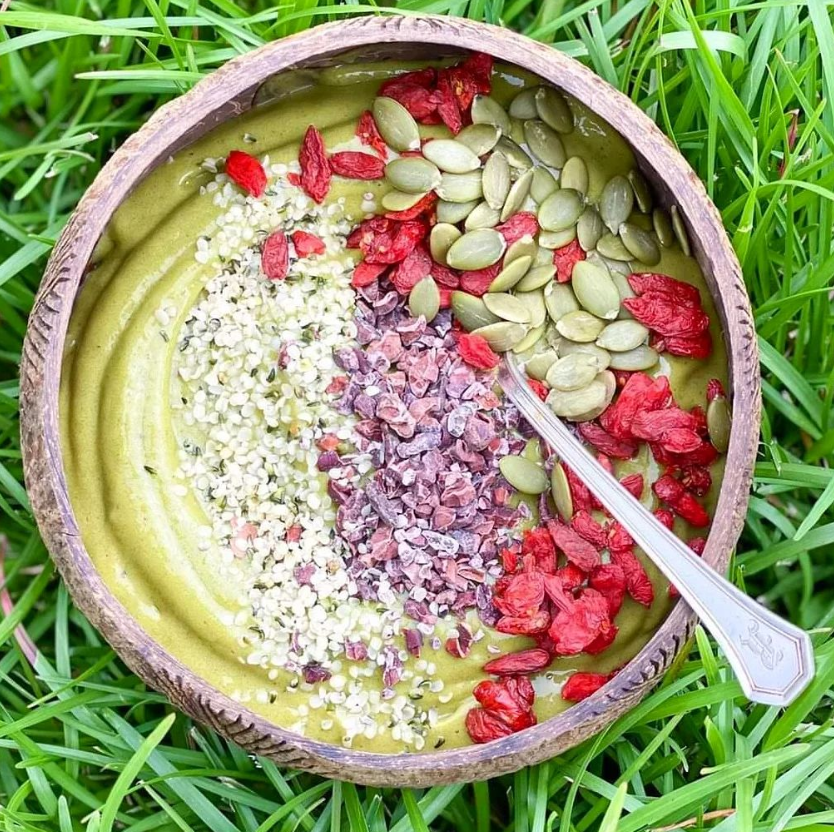Not everyone in the US has tried boba tea, but it has steadily gained popularity. The drink originated in Taiwan, and it is a unique beverage that can be enjoyed year-round. While it is classified as tea, it is easy to customize and create hundreds of different flavors from classic iced tea, fruity flavors, or decadent milk tea.
Boba or bubble tea is characterized by the addition of solid tapioca pearls to the beverage. These chewy spheres create an interesting texture and a touch of sweetness, providing a snack as well as a delicious drink. The pearls are made of a type of tapioca starch, and they do not have much sugar content alone. Typically, a sweetener such as honey or syrup sweetens the pearls after they are cooked, but this is entirely at the discretion of the chef.
Tapioca is not the only option. There is any number of toppings for a sweet boba tea. Similar to typical tapioca starch boba is popping boba. These bubbles are filled with juice, and they pop in the mouth for a burst of flavor. Some shops offer pudding or custard as topping for the tea. Another similar option though is jelly.
The jelly is similar to jello, and like boba, it sits at the bottom of the cup. Jelly can be made in any flavor to compliment the tea, from simple sweet jelly to fruit flavors like mango and strawberry. Typically, gelatin is the main ingredient, but that poses a problem for vegans. Gelatin is made of animal parts. Luckily, there is another way.
By replacing the gelatin with agar, one can make a delicious jelly treat that is 100% vegan! Agar is remarkably similar to gelatin, so it can replace gelatin in equal amounts. Agar is flavorless, so it won’t alter the flavor of the jelly once it’s complete. To use the jelly in boba, simply cut it into small cubes, roughly ¼ inch in size, and add them to the boba tea!
The beverage itself is highly customizable. Typically, the tea is a sweet milk tea or fruit tea, but that is not a hard rule. Some may prefer an unsweetened tea, offering the full flavor of the tea itself with the chew of the boba. Typically, robust and full-flavored teas are best for boba tea as they give the most flavor when enjoyed iced. Try black tea or jasmine in your boba. A splash of milk could also cut any bitterness in the tea.
For a creamier treat, milk tea is a sweet, decadent drink. It contains a lot more milk than regular tea. Without the boba, this would be a type of tea latte. For milk tea, choose any tea you would like and brew a quarter cup of strong tea. In your cup, add ice, milk, boba, and a sweetener of your choice. Be sure there is enough room in the cup for the tea. Add your strong tea, stir, and enjoy!
Finally, for those with a major sweet tooth is fruit teas. These don’t necessarily have to contain tea at all. It may be any combination of fruit juice or puree, tea, milk, and sweeteners. For a mango boba, one may choose to add mango nectar to milk, iced green tea, or thin it out with a little water. Another popular boba flavor is taro. Most Americans have never heard of taro. It is a purple root vegetable similar to a sweet potato. When added to milk, it creates a sweet, earthy boba tea with a beautiful violet color.
Often, the pivotal ingredient in boba tea, the tapioca pearls themselves, can be difficult to find. However, they can be found for a reasonable price online or in Asian grocery stores. Taro has also become more popular in the US, available in some chain grocery stores. There are dozens of ways to customize this drink, changing flavors, milk, and sweeteners.
Tea itself is considered a healthy beverage. There are dozens of types of tea to enjoy, and each has its own unique properties. Some tea contains caffeine, but in much smaller amounts than coffee or soda. They may also have antioxidant and anti-inflammatory properties that may support a healthy lifestyle. So long as no harmful ingredients such as refined sugar are in the beverage, boba tea may offer some benefits.
Rather than sugar syrup, one may opt to use honey, agave, or maple syrup as a natural alternative. Simple syrup does not have to be made with sugar. Stevia or coconut sugar make great substitutes for refined sugar. Though milk tea is typically made with regular 2% milk, it can easily be swapped out. Oat milk is great for those who prefer a rich, creamy texture, and almond or coconut milk is a little thinner.
Luckily, boba is vegan and sugar-free, making it safe for almost all diets. Tapioca pearls are made up of natural starch, so it contains carbs but no sugar. And tea is also suitable for all diets. Boba is a somewhat strange beverage, but anyone can enjoy it. It is easy to customize for any flavor or dietary preference. Experiment with different flavors, teas, or sweeteners to create a chilled beverage that is uniquely yours. Don’t forget to snap a picture and tag Foods Alive for a chance to be featured on our social media!
Research
https://healthynibblesandbits.com/how-to-make-bubble-tea/
https://www.aheadofthyme.com/three-ways-to-make-bubble-tea/
https://talkboba.com/bubble-tea-toppings/






